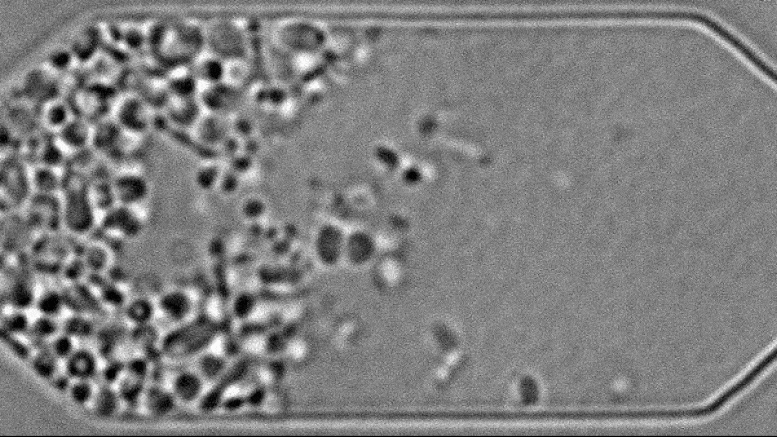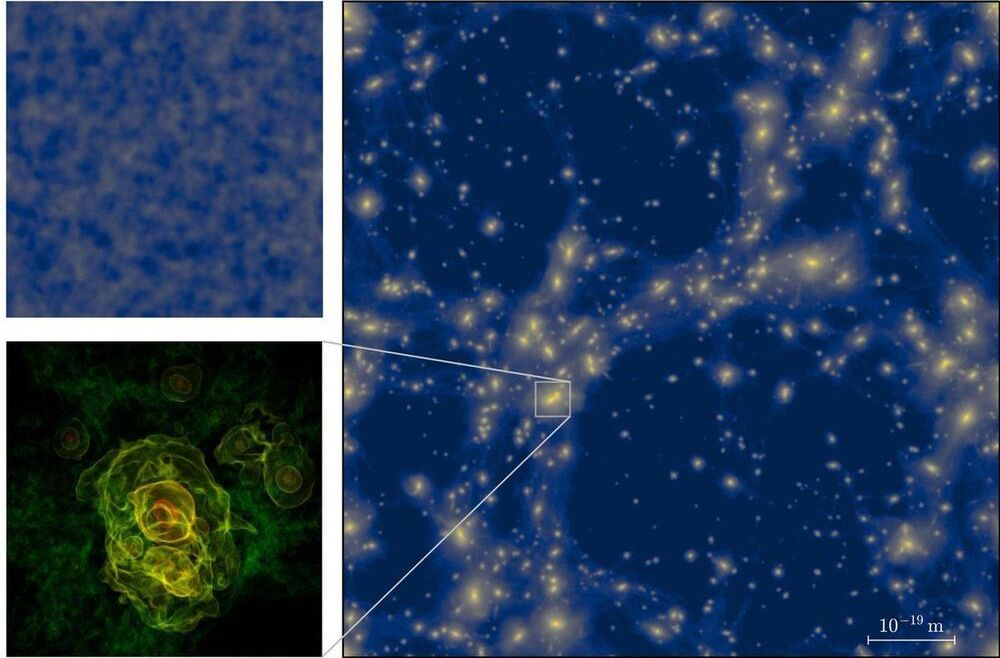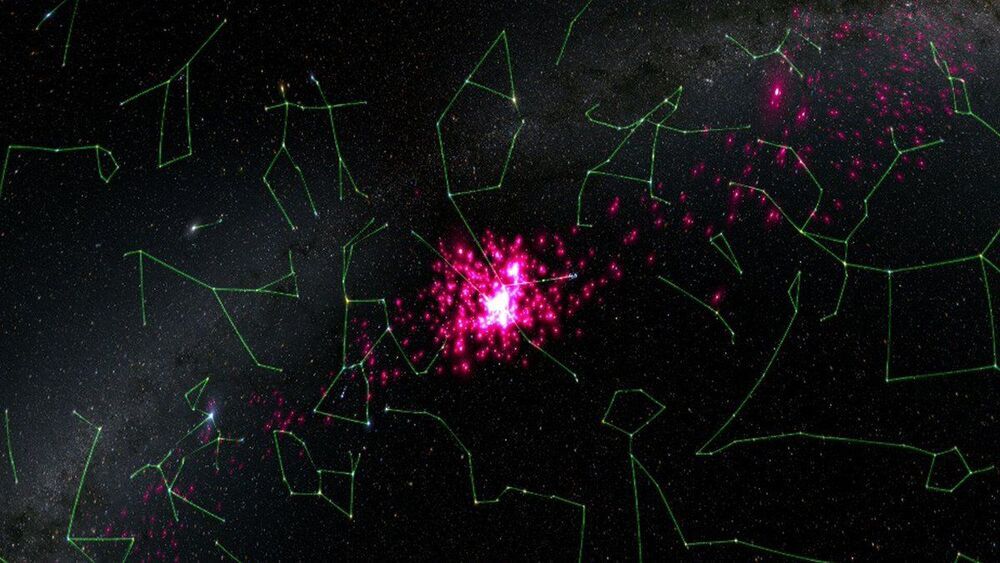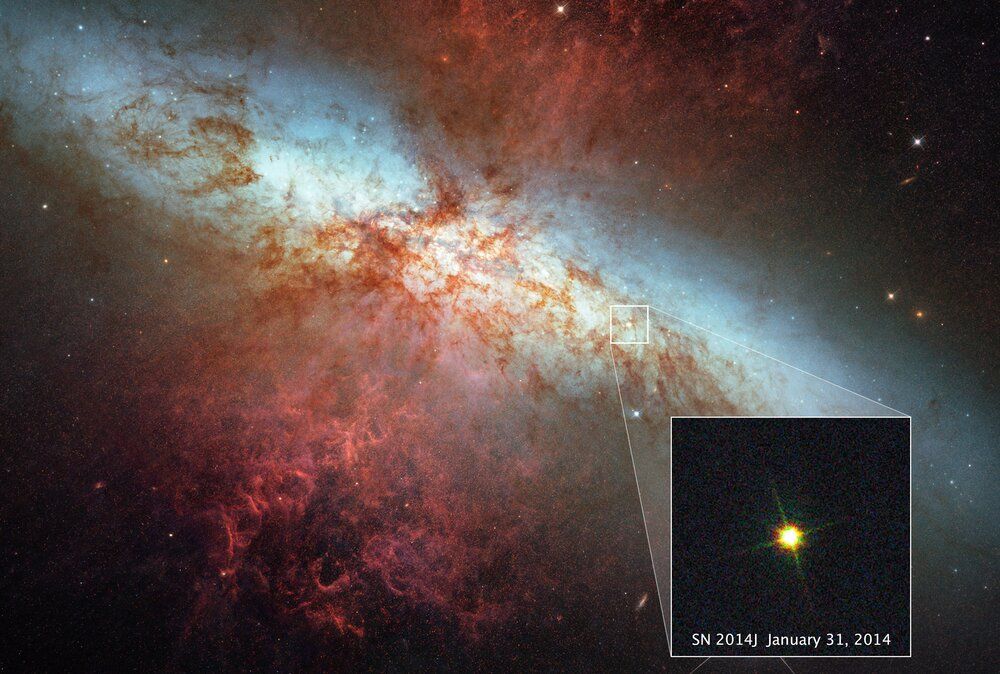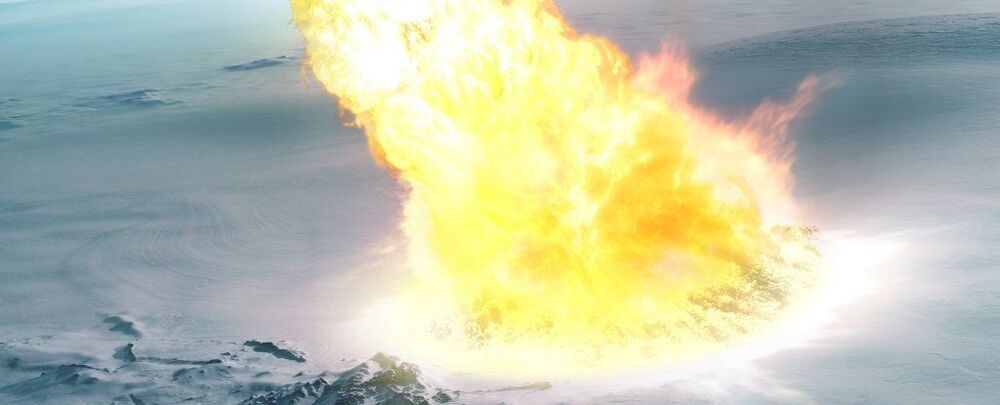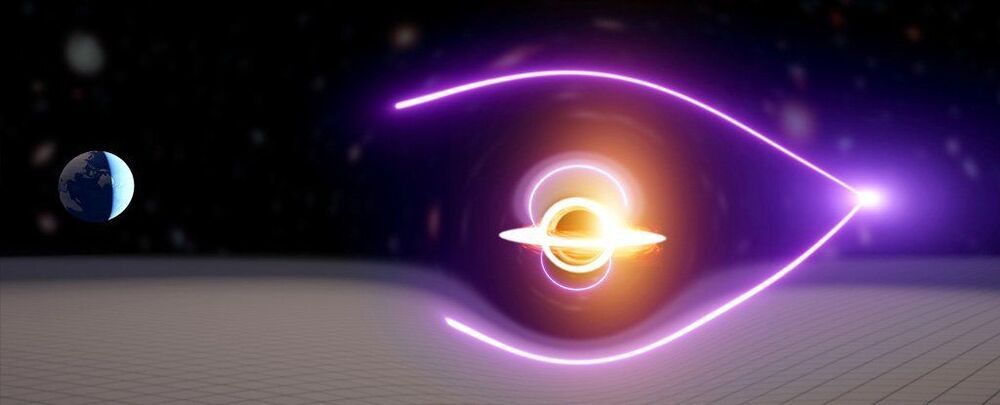Apr 1, 2021
Vaccine passports launched in Las Vegas but privacy, choice still concerns
Posted by Genevieve Klien in categories: biotech/medical, business, health
A handful of passports are already in the works, including two in Las Vegas. It is not yet clear if any Las Vegas businesses will limit access solely to vaccinated guests.
Las Vegas is no stranger to exclusive VIP lists, but there’s a new way of limiting guest access coming to town: vaccine passports.
These digital credential systems can show whether someone has been vaccinated against COVID-19 and can help businesses limit access to those who have been inoculated. The systems were designed to increase health and safety at various venues, but experts warn of pushback over concerns on privacy and personal choice.
Continue reading “Vaccine passports launched in Las Vegas but privacy, choice still concerns” »

